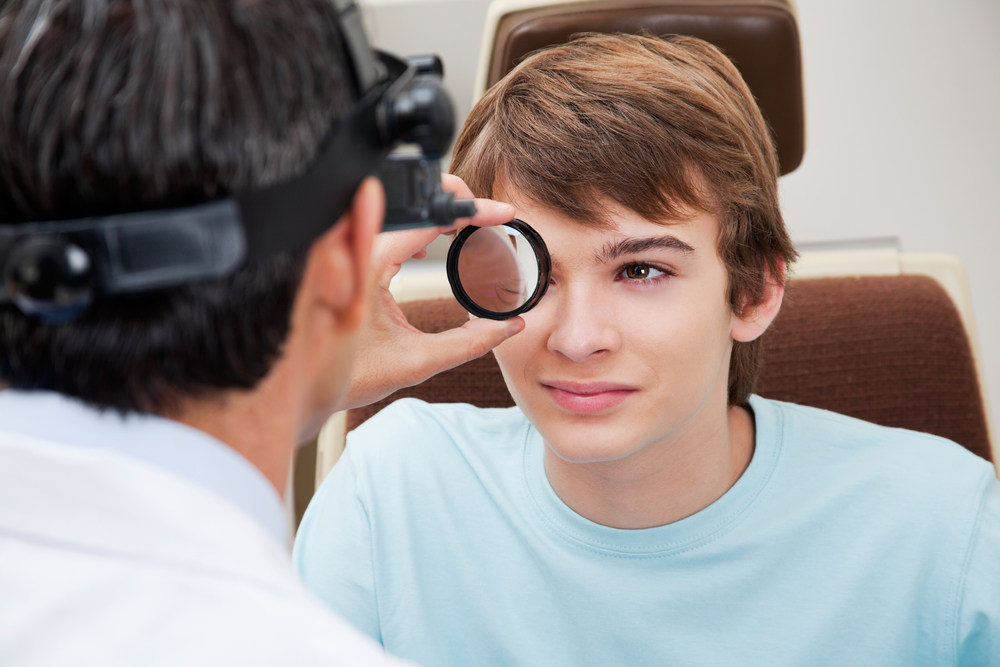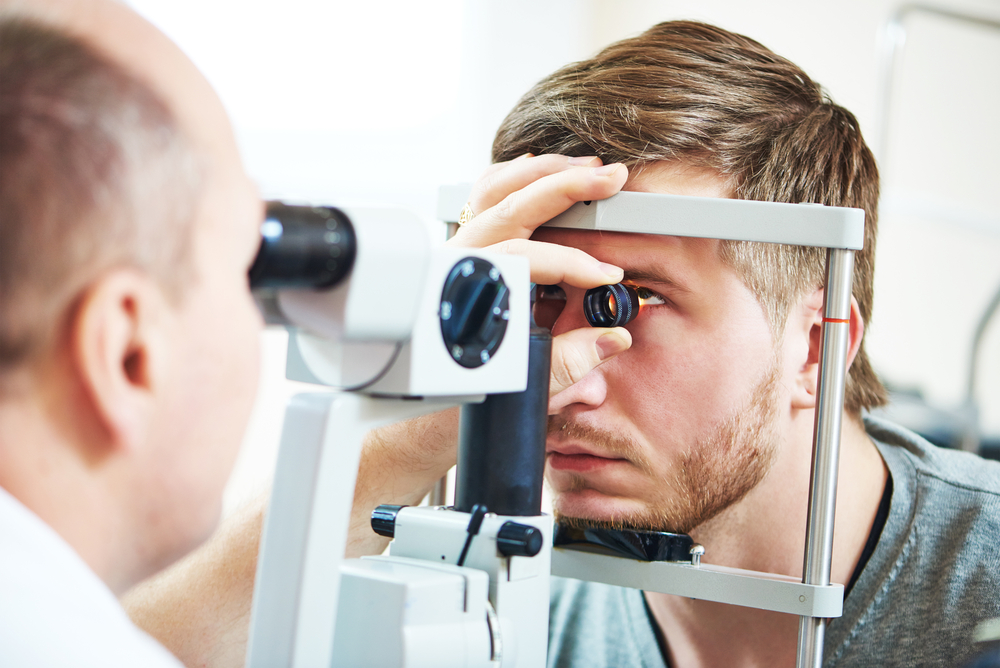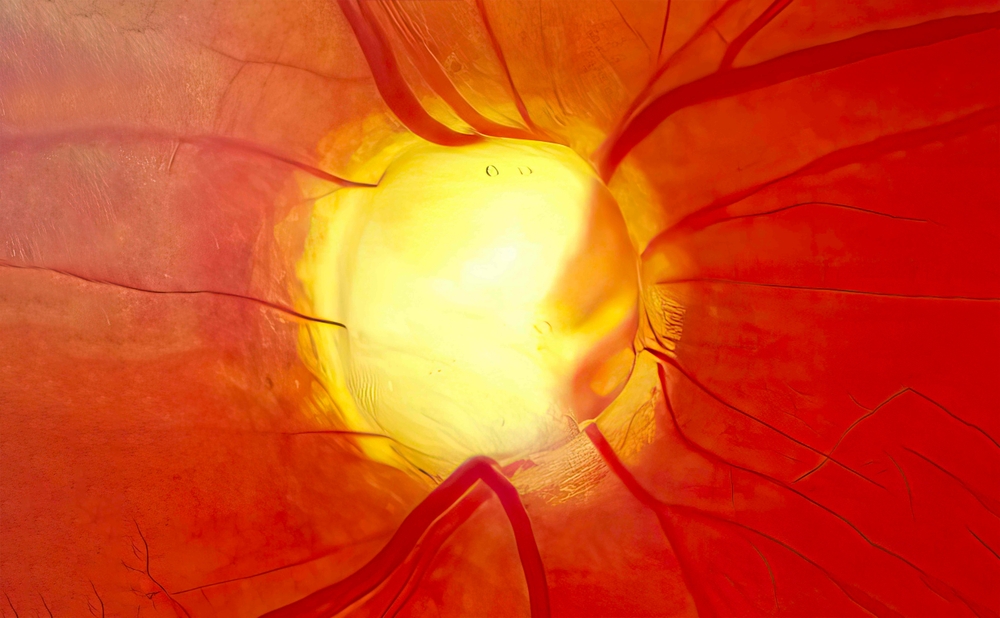Why Are My Eyes Dilated During an Eye Exam?
April 25, 2024
Eye exams are about more than just checking your vision. Your eye doctor will also perform a comprehensive exam to check the health of your eyes.
The best way to examine the intricate structures of your eyes is by using special drops to dilate the pupils. This allows your eye doctor to view the structures inside and at the back of your eyes.
Dilated eye exams are noninvasive and essential for detecting certain eye conditions early. Keep reading to learn more about dilated eye exams!
How Does Eye Dilation Work?
During a comprehensive eye exam, your eye doctor will examine your eyes for signs of vision issues or eye conditions such as cataracts or glaucoma. In order to do this, they use a special microscope called a slit lamp, which illuminates the internal structures of the eye.
 Unfortunately, bright light makes the pupils constrict or get smaller. This blocks your eye doctor's view of very important parts of the eye.
Unfortunately, bright light makes the pupils constrict or get smaller. This blocks your eye doctor's view of very important parts of the eye.
Dilation temporarily blocks the muscle that controls the pupil's constriction so it can stay open. Then, your eye doctor is able to shine a light with the microscope to view the back of the eye.
In order to dilate the pupils, your eye doctor will use special eye drops. It takes about twenty minutes for the drops to take effect after they are put in your eyes.
When your eyes are dilated, you may notice that lights seem extra bright, and your near vision may be a bit blurry. Remember to bring a pair of sunglasses since the effects of dilation last several hours before wearing off.
What Tests Are Performed During a Dilated Eye Exam?
Once your eyes are fully dilated, your eye doctor will perform several tests. They're all painless, though you may have to concentrate on keeping your eyes open instead of blinking.
Ophthalmoscopy
Your eye doctor may use a handheld device called an ophthalmoscope to look into your eyes. It looks like a small flashlight.
Your eye doctor will hold this tool upright in front of your face. This tool gives your doctor a view of your cornea, lens, retina, optic nerve, and blood vessels in your eye.
Looking at those structures helps your eye doctor assess the health of your eyes.
 Slit-Lamp Exam
Slit-Lamp Exam
During a slit lamp exam, you lean toward a magnifying device. Your eye doctor can look through the device and see an enlarged view of structures in your eye.
It's similar to the ophthalmoscopy but gives the eye doctor a more detailed view of the inside and outside of your eye.
Fundus photography and optical coherence tomography (OCT)
This type of test involves taking images of the interior of your eye. Your eye doctor can examine the images for any signs of eye health concerns.
Other tests will also be performed during a dilated eye exam, such as vision testing and tonometry, which tests your eye pressure. However, many of these tests will be completed before the dilation process since dilation can alter the results.
During a dilated eye exam, you can expect the same tests done at any other eye exam, including additional ones that are made possible by your eyes being dilated.
Can Dilation Help Detect Eye Conditions?
The reason for the close examination of the inside of the eye is that it helps your eye doctor identify health conditions that can affect your vision. Many eye conditions don't cause symptoms right away.
Dilated eye exams can allow your eye doctor to diagnose and treat a problem before it starts causing vision issues.
During a dilated eye exam, your eye doctor will look for eye conditions, including:
Cataracts
Cataracts are a clouding of the lens of the eye. They are usually age-related.
Cataracts can lead to blurry vision, difficulty seeing at night, and dimmed vision. Routine exams let your eye doctor monitor cataracts and help you decide when you need cataract surgery to restore your vision.
Diabetic Retinopathy
Blood sugar levels from diabetes can lead to damage to the small blood vessels in the eyes. Your eye doctor can detect retinopathy early and help you develop a plan to control your blood sugar and slow further damage to the blood vessels.
 Glaucoma
Glaucoma
Glaucoma is an eye condition that is typically caused by increased pressure inside the eye. This can damage the optic nerve and other structures and cause severe vision loss.
Early detection and treatment of glaucoma can help control eye pressure and prevent vision loss.
Macular Degeneration
Macular degeneration is usually age-related. The condition causes damage to the macula, which is the area of your retina that is responsible for your central vision.
It can lead to vision changes and vision loss over time. Identifying macular degeneration early allows you to start treatment before the condition progresses further.
How Often Should I Have a Dilated Eye Exam?
If you wear glasses or contacts, you may already be getting a dilated eye exam every year when you come in to get your vision checked. Adults under forty who don't have risk factors for eye conditions should have eye exams every two to four years.
Adults over forty or people with an increased risk of eye conditions should ask their eye doctor how often to have a dilated eye exam.
Are you due for a comprehensive eye exam? Schedule an appointment at the Center for Total Eye Care in Westminster or Eldersburg, MD, today!



